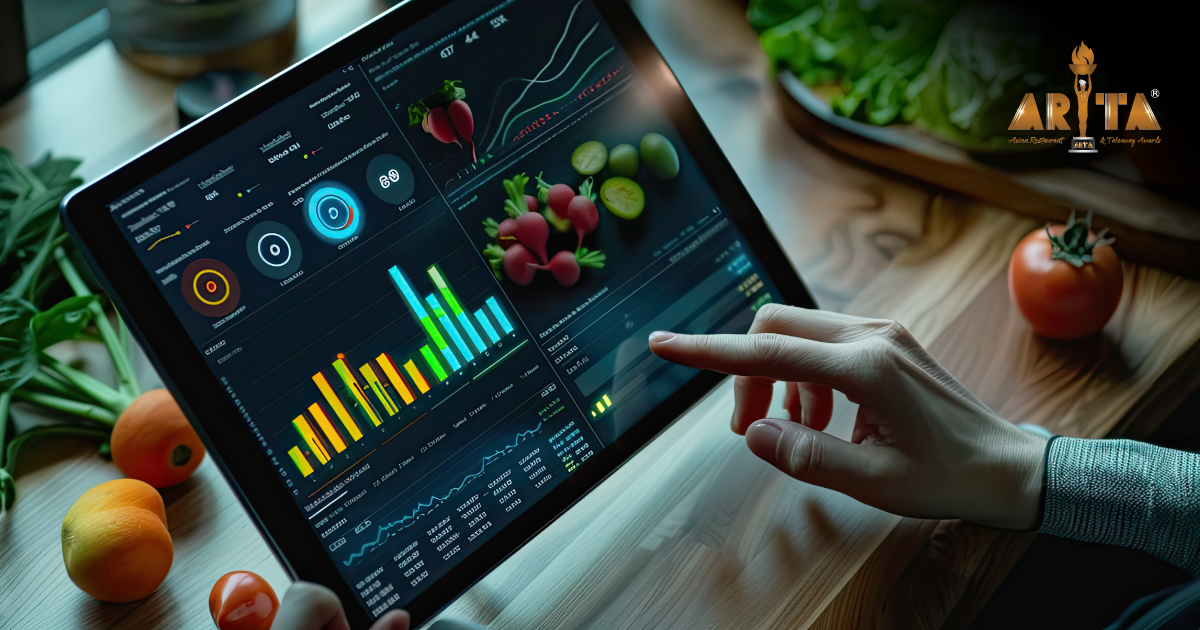Even a decade ago, you could run a restaurant successfully by placing some tables and chairs in front and a kitchen in the back. You could even predict how many customers you would have just by looking at the weather outside. Nowadays, making a correct prediction by relying on intuition isn’t enough anymore.
The rise of technology has transformed how you should approach every aspect of your restaurant business. From understanding customer behaviour to tracking sales or optimising menus, there’s only one secret ingredient for your success—data analytics.
This article will help you understand how to use restaurant analytics to make a data-driven decision.
Understanding The Role of Data in Restaurants
Before you dive into any specifics, it’s vital to understand the value of data analytics for restaurants. Data can provide you with objectives and quantifiable insights that are crucial for decision-making. In an industry where market trends and customer preferences are continuously shifting, relying on data can help you stay responsive and agile.
Insights of Customer Behaviour
Understanding customer behaviour is the first and apparently the most important area where data analytics can make a difference. By analysing data from different sources like customer feedback, your online ordering platform, or EPoS systems, you can gain insights into how often customers visit your establishment, what they prefer, and the amount they are willing to spend on food.
Data can help you understand which item is the best-selling for a particular time of the day, helping you to optimise the menu for increased sales. You can also use the data to track customer demographics, which will help you tailor marketing efforts more effectively.
Menu Optimisation
Data analytics plays a vital role in strategic menu design. It helps you identify which dishes are performing well and which aren’t. This insight enables data-driven menu engineering by emphasising the promotion of high-margin, popular dishes such as chicken tandoori, palak paneer, etc., and phasing out underperforming ones.
Additionally, data can help you understand customer preferences and consumption patterns. You can use this data to adjust the portion size, eventually reducing waste and increasing your restaurant’s profitability. This is one of the best qualities of restaurants that have won renowned food industry awards like the Asian Restaurant & Takeaway Awards (ARTA).
Tracking Sales Trends
Sales trend analysis is crucial for making strategic decisions for your restaurant. By analysing sales data over time, you can identify trends and patterns that can inform various parts of restaurant management.
For instance, if data shows increased sales at a particular time, consider increasing staff during that hour or extending your business hours if required.
Seasonal trends can also help you customise your menu for better sales. If certain dishes are getting popular during a specific season, you can capitalise on this by adjusting your menu accordingly.
Implementing Data Analytics in Restaurants
Implementing data analytics in a restaurant involves several steps, ranging from data collection to analysis and application.
Data Collection
The first step in implementing data analytics in your restaurant business is to collect data. Thanks to technological advancements, this has become easier than ever. You can collect that data from your online ordering apps, EPoS systems, customer feedback, and loyalty programs. Integrating these systems will help you get a comprehensive view of your restaurant’s operations and consumers’ preferences.
Data Analysis
Once the data collection is complete, you need to start analysing it. Look into the data to identify insights, current trends, and patterns. It will help you determine the average customer spend, the busiest days of the week, and the most sold items on the menu.
Application of Insights
The final and most crucial step is to use these insights to make smart decisions. This means updating the menu, adjusting staff levels, launching focused marketing campaigns, or making operational changes to boost efficiency.
Challenges and Solutions in Restaurant Analytics
While the benefits of restaurant analytics are obvious, they come with their own set of challenges. A significant hurdle is managing the vast amount of complex data involved. To overcome this, restaurants can invest in analytics software capable of handling large data sets and generating clear, easy-to-understand reports and dashboards.
The top analytics software integrates seamlessly with your EPoS system and loyalty programs, providing accurate insights into your customers’ spending and behaviour. This detailed information is crucial for making informed decisions to increase customers’ lifetime value.
Final Thoughts
Restaurant analytics have become essential in today’s data-driven world, revolutionising how restaurant owners make decisions. You can make more informed and strategic choices by leveraging data to understand customer behaviour, optimise menus, and track sales trends.
Implementing data analytics involves systematic data collection, thorough analysis, and the application of insights to drive improvements. Although there are challenges, investing in robust analytics software can simplify the process. Ultimately, embracing data analytics empowers you to enhance operational efficiency, boost profitability, and deliver a superior dining experience to your customers.





